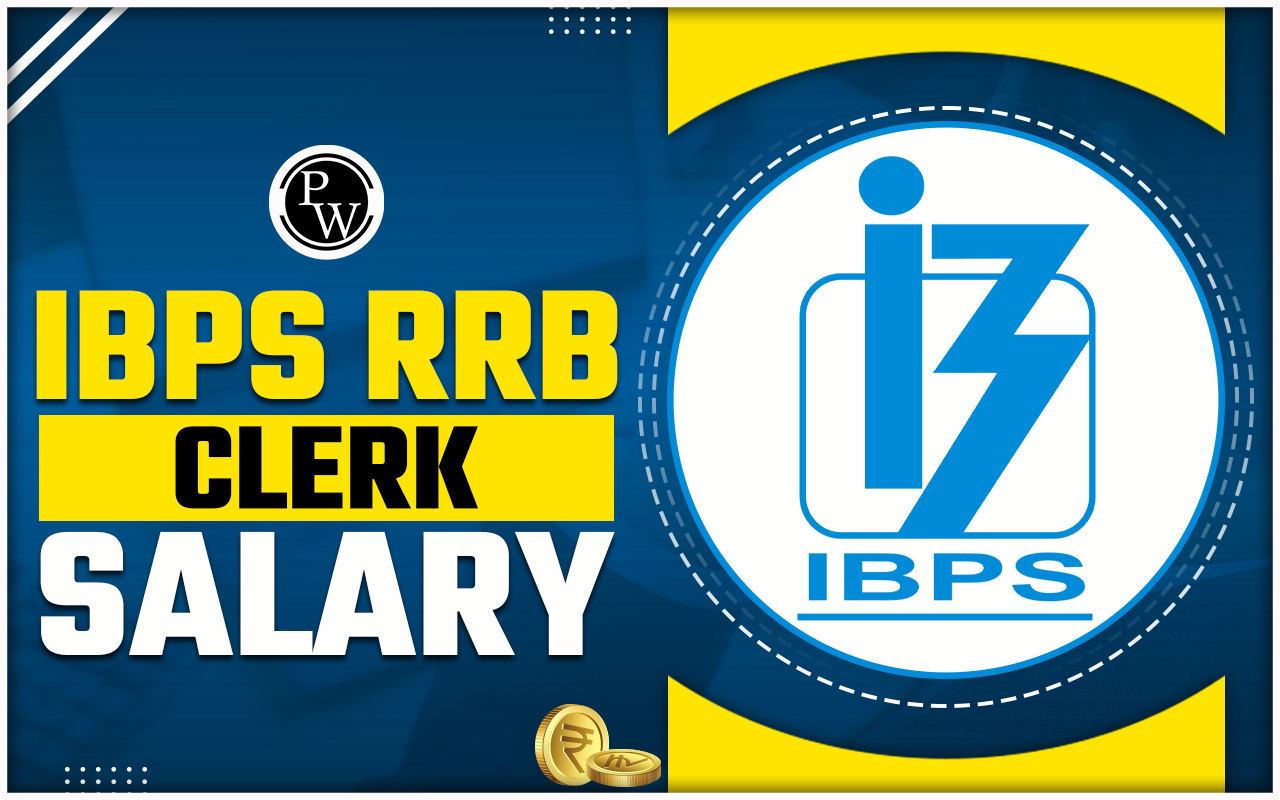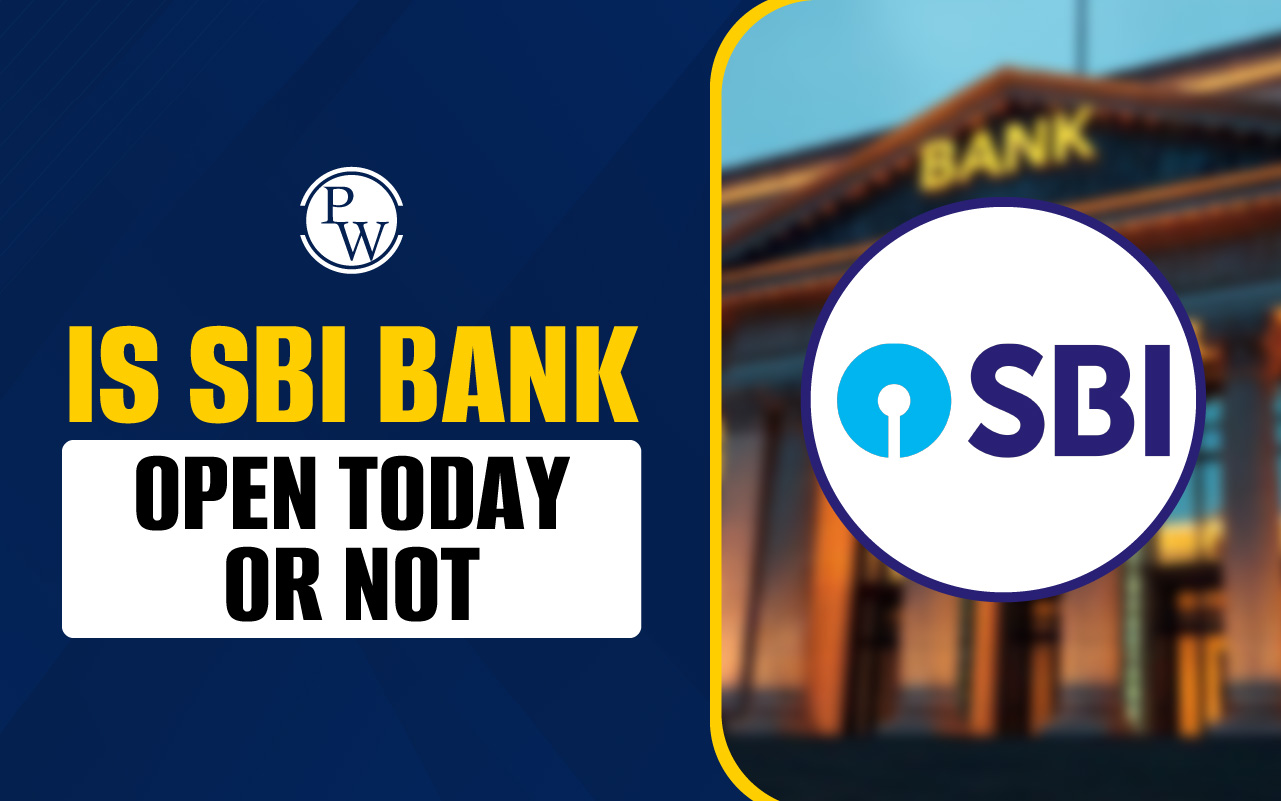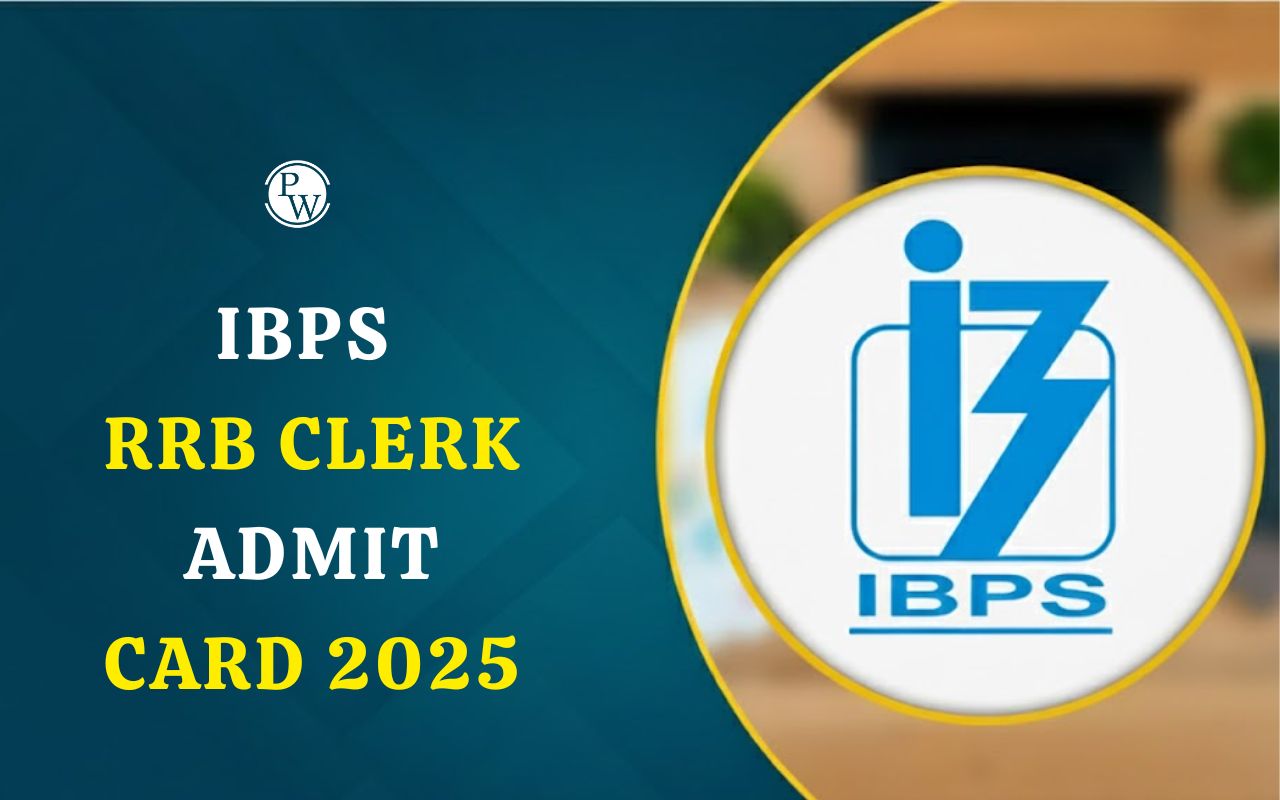Ways to Transfer Money Using Internet Banking
Internet banking provides three ways to transfer money between accounts: NEFT, RTGS, and IMPS. Let's look at these methods:
NEFT (National Electronic Fund Transfer)
-
NEFT is a common way to transfer money from one account to another.
-
It has specific hours at the bank, but you can use it 24/7 through net banking.
-
Usually, it takes about 30 minutes for the money to transfer, but it might take longer, up to 2-3 hours.
RTGS (Real-Time Gross Settlement)
-
RTGS is another method for transferring funds.
-
It ensures that the recipient gets the money immediately.
-
RBI monitors transactions through RTGS, making successful transfers unchangeable.
-
This method is used for transferring a minimum of Rs.2 lakh.
-
Like NEFT, RTGS is time-restricted at the bank but accessible all the time through net banking.
IMPS (Immediate Payment System)
-
IMPS allows real-time fund transfers.
-
It's commonly used to instantly transfer funds within banks across India using mobile, internet, and ATM.
-
You can transfer money via IMPS using just the beneficiary's mobile number.
What do you need for Internet Banking?
To use internet banking, all you need is an internet connection and a device like a computer or mobile phone. You might also need your bank card, debit card, or account number. When you start, you'll have to create an account and set a password.
How can you use Internet Banking safely?
To keep your money and personal info safe, use the security features your bank gives you. Make a strong password and change it every few months. Use a password manager to help remember it. If your bank offers it, turn on
two-factor or multi-factor authentication.
Never share your internet banking details, and avoid using it on public WiFi. Check your accounts often and report any suspicious activity right away.
Can you use Internet Banking to pay bills each month?
Yes, you can use internet banking to pay your bills on time every month. Log in to your internet banking account to set up bill payments or automate them. This is a simple way to make sure you never miss a payment, especially for bills with the same amount every month, like your
mortgage or insurance.
What is E-Banking?
-
E-banking, or electronic banking, includes all banking services done electronically.
-
It lets individuals, institutions, and businesses access accounts, conduct transactions, and get information on financial products and services.
-
This can be done through public or private networks, including the internet.
Types of E-Banking in India
In the table below, read about different types of e-banking services in India:
|
E-Banking Service
|
Description
|
How It Works
|
|
Internet Banking
|
Enables online financial and non-financial transactions via the internet.
|
Users can transfer funds, check account balance, view statements, pay bills, etc., through the bank's net-banking portal.
|
|
Mobile Banking
|
Conduct banking transactions on a mobile phone using dedicated apps from banks.
|
Download the bank's mobile app from Google Playstore or Apple App Store; access services similar to net banking on a mobile device.
|
|
ATM (Automated Teller Machines)
|
Provides services like withdrawing funds, depositing money, and changing Debit Card PIN.
|
Use an ATM card and a secret PIN; nominal fees may be charged for transactions exceeding specified limits on other banks' ATMs.
|
|
Debit Cards
|
Connected to a bank account, allowing cashless transactions with instant debiting.
|
Use the debit card for various transactions; the money is deducted immediately from the connected account.
|
|
Direct Deposit and Withdrawals
|
Authorizes the bank to deduct funds regularly for bill payments, instalments, insurance, etc.
|
Set up regular deductions from the account for recurring payments.
|
|
Pay by Phone Systems
|
Allows customers to contact the bank via phone for bill payments or fund transfers.
|
Call the bank to request bill payments or fund transfers; the bank processes the request over the phone.
|
|
Point-of-Sale Transfer Terminals
|
Permits instant payment for purchases using a debit/credit card.
|
Swipe or insert the card at a store's terminal to make instant payments for purchases.
|
Services Provided through E-Banking in India
-
Telephone Banking:
Banking services over the phone.
-
ATMs (Automated Teller Machine):
Machines for money stuff like withdrawing or depositing.
-
Electronic Clearing Cards:
Cards for electronic money movements.
-
Mobile Banking:
Banking on your phone with a special app.
-
Door-step Banking:
Banking services brought to your door.
-
Bill Payment:
Paying bills electronically.
-
Shopping:
Buying things online.
-
Smart Cards:
Special cards for smart transactions.
-
Funds Transfer:
Moving money from one place to another.
-
Internet Banking:
Doing all banking stuff online.
-
Electronic Funds Transfer System:
System for electronically moving funds.
-
Electronic Clearing Service:
A service for electronically clearing transactions.
-
Telebanking:
Banking through the phone.
-
Investing:
Putting money into things that might give you more money.
-
Fixed Deposits:
Putting money away for a fixed time to get more money later.
-
Insurance:
Protection for unexpected money troubles.
Difference Between Net Banking and E-Banking:
|
Particulars
|
Internet Banking
|
E-Banking
|
|
Definition
|
Digital system allowing online transactions via the internet.
|
Broad category covering various banking services via electronic means, including Internet banking, mobile banking, telebanking, ATMs, and more. Internet banking is a part of electronic banking.
|
|
Types of Services
|
Offers all traditional banking services online, like fund transfers and bill payments.
|
Encompasses internet banking, mobile banking, telebanking, ATMs, debit cards, credit cards, and more. Internet banking is a recent addition to electronic banking.
|
Note:
Internet banking is a type of electronic banking, and both involve using electronic means for banking services.
How to Transfer Funds Using Internet Banking
Transferring funds through internet banking is a similar process across most banks. Here's a straightforward step-by-step guide for online fund transfers:
Step 1:
Log in to your bank’s official net banking portal using your customer ID and password.
Step 2:
Go to the ‘Transfer Funds’ option and choose the transfer method – NEFT, RTGS, or IMPS. Ensure the beneficiary's bank supports the selected method, especially for NEFT.
Step 3:
Select the beneficiary. If not already added, click on ‘Add Beneficiary.’
Step 4:
Enter the beneficiary’s details: name, account number, IFSC, and bank branch name. Click ‘Submit & Save’ to add them.
Step 5:
Input the amount you want to transfer.
Step 6:
Confirm the transaction by entering the one-time password sent to your mobile number.
Step 7:
Click ‘Confirm & Send.’ The money will be transferred to the beneficiary’s account.
How to Pay Your Credit Card Bill Using Internet Banking
Paying your credit card bill through internet banking is easy, safe, and doesn't cost extra money. Here's how you can do it:
Step 1:
Go to your
credit card provider's website.
Step 2:
Click on the
'Pay your Credit Card bill'
option.
Step 3:
Enter your credit card details like the card number, email address, and the amount you want to pay.
Step 4:
You'll go to the payment gateway. Choose
'Net Banking'
and pick the bank account you want to use for payment.
Step 5:
You'll be sent to your
bank's payment page.
Step 6:
Enter your
customer ID and password.
Confirm the transaction by putting in the one-time password you get on your mobile.
Step 7:
Click
'Confirm.'
The payment amount will be taken from your bank account. After it's done, you'll get a confirmation message through SMS and email.
Significance of Internet Banking
Importance to Clients
-
Lower Cost per Transaction:
Clients save time and money as they don't need to visit the branch for each transaction.
-
No Geographical Barriers:
E-banking reduces geographical obstacles that could hinder certain financial transactions in traditional banking systems.
-
Convenience:
Clients can access and manage their accounts from anywhere at any time.
Importance to Businesses
-
Improved Efficiency:
Internet banking enhances business efficiency by automating regular monthly payments and providing additional banking features.
-
Lower Costs:
Costs in financial relationships depend on the services used. Internet banking minimizes these costs.
-
Reduced Errors:
Electronic banking reduces errors in financial transactions, improving accuracy in account activities.
-
Decreased Fraud:
Internet banking leaves a digital footprint for authorized employees, making it challenging for fraudsters to commit crimes.
-
Account Audits:
Business owners and designated staff can quickly access accounts through an online banking interface, ensuring smooth account operations.
Importance to Banks
-
Lower Transaction Costs:
Electronic transactions are the most cost-effective means of transfer.
-
Reduced Margin for Human Error:
Electronic transmission eliminates room for human errors.
-
Less Paperwork:
Digital records reduce paperwork, making processes more manageable and environmentally friendly.
-
Reduced Fixed Costs:
The lesser need for branches leads to lower fixed costs.
-
Increased Customer Loyalty:
Convenient e-banking services foster higher customer loyalty to banks.
Internet banking
is a quick, cheap, and easy way to do many of your daily money tasks. If you already have a bank, you probably have internet banking. Just sign up. You can also use internet banking from traditional banks, but some online-only banks might give you more interest on savings and save you
money on fees.











